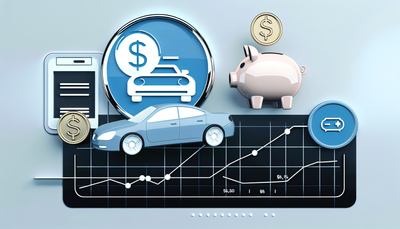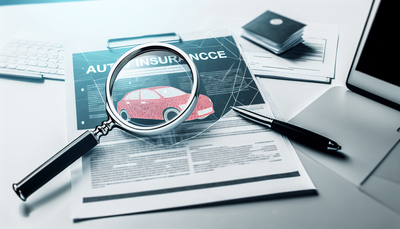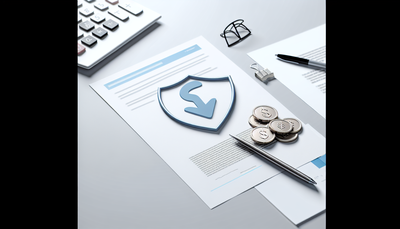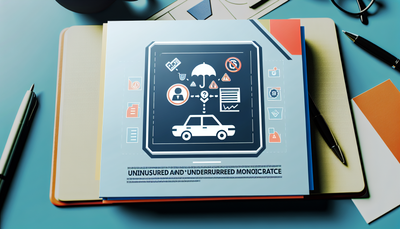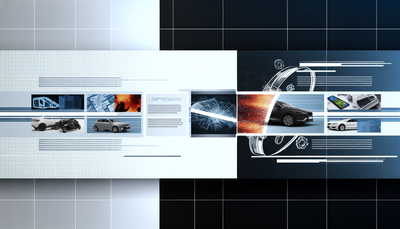Understanding the Basics: A Guide to Car Insurance Coverage Options
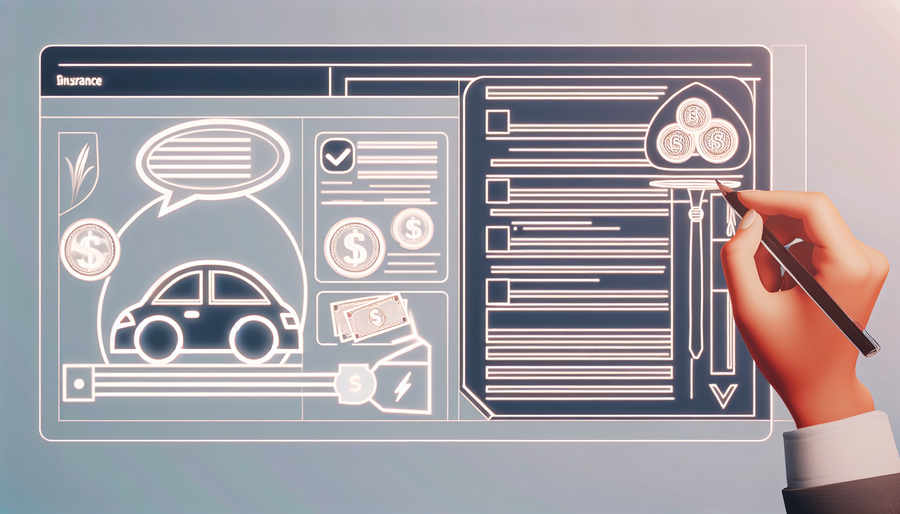
Understanding the Basics: A Guide to Car Insurance Coverage Options
Car insurance is an essential part of vehicle ownership, offering financial protection in case of accidents, theft, or other unforeseen events. However, with various coverage options available, choosing the right policy can be overwhelming. This guide will break down the key aspects of car insurance to help you make an informed decision.
Why Car Insurance Matters
Car insurance is not just a legal requirement in most places—it provides peace of mind and financial security. Whether you're involved in a minor fender-bender or a major accident, the right coverage can save you from significant financial burdens.
Key Car Insurance Coverage Options
Understanding the different types of car insurance coverage is crucial when selecting a policy. Here are the main options:
1. Liability Coverage
Liability insurance is mandatory in most states and covers damages you cause to others. It includes:
- Bodily Injury Liability (BIL): Pays for medical expenses, lost wages, and legal fees if you injure someone in an accident.
- Property Damage Liability (PDL): Covers damage to another person’s property, such as their vehicle, fence, or building.
2. Collision Coverage
Collision insurance pays for repairs or replacement of your vehicle after an accident, regardless of who is at fault. This coverage is particularly important if you drive a newer or more expensive car.
3. Comprehensive Coverage
Comprehensive insurance covers non-collision-related damages, such as:
- Theft or vandalism
- Natural disasters (hail, floods, fire)
- Falling objects (tree branches, debris)
- Animal collisions
4. Personal Injury Protection (PIP) & Medical Payments (MedPay)
These cover medical expenses for you and your passengers, regardless of fault. PIP may also cover lost wages and rehabilitation costs, making it a valuable option for added protection.
5. Uninsured/Underinsured Motorist Coverage (UM/UIM)
This protects you if you're hit by a driver who has little or no insurance. It helps cover medical bills, lost income, and related expenses.
6. Gap Insurance
If you have a car loan or lease, gap insurance covers the difference between what you owe and your car’s actual value if it's totaled in an accident.
Choosing the Right Coverage
When selecting car insurance, consider factors like:
- State requirements: Minimum liability limits vary by location.
- Vehicle value: Older cars may not need collision or comprehensive coverage.
- Driving habits: Frequent drivers may need higher coverage limits.
- Budget: Balance premium costs with needed protection.
Conclusion
Understanding car insurance coverage options is key to making the best choice for your needs. By assessing your risks, budget, and legal requirements, you can secure the right policy that offers financial protection and peace of mind on the road.
Whether you're a new driver or reassessing your current policy, taking the time to explore your coverage options will ensure you're prepared for any situation.

